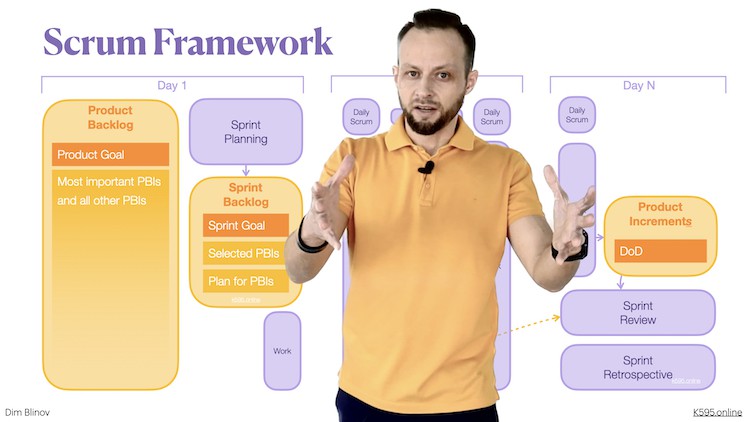Complete Scrum Guide course – Most popular Agile-method 2024
Meetings, Roles, Artifacts & all info to get ready for Professional Scrum Master certification (PSM) with expert advice
4.75 (8 reviews)

28
students
2 hours
content
Sep 2024
last update
$59.99
regular price
What you will learn
You'll get a Free 1-hour 1-1 Q&A live consultation after completing a paid course
4 downloadable pairs of Checklists on conducting Scrum meetings
Your spendings are safe! In you don't like the course, you can get your money back within 30 days
The most important info for PSM exam in just 2 hours of your time
Learn the philosophy, history, theory, and structure of Scrum, and how they help teams achieve goals and create value in complex environments.
Identify and describe the key elements of Scrum, incl. the Roles, Events, and Artifacts, and understand how they interact with each other.
Develop a deep understanding of the Empirical process that underlies Scrum, and the importance of its three pillars: transparency, inspection, and adaptation
Understad the Artifacts, incl. the Product backlog, Sprint backlog, and Increment, and the importance of commitments: the Product and Sprint Goals, and the DoD
Learn how to apply the Scrum framework in practice, incl. Planning Sprints, Daily Scrums, Sprint Reviews, and Retrospectives, and how to work with Stakeholders.
Screenshots




Related Topics
5263762
udemy ID
4/10/2023
course created date
5/25/2023
course indexed date
Bot
course submited by